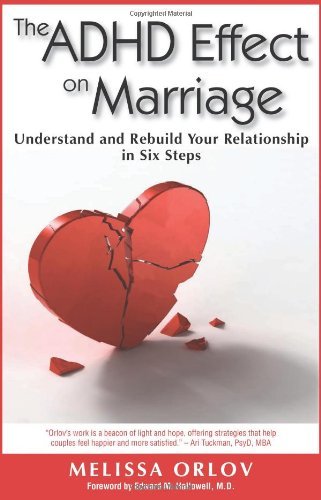Telehealth vs. In-Person Therapy: Which One Is Right for You?
/By Anne Decore, lmft
As a therapist, I often have clients ask whether telehealth or in-person therapy is the better option for them. The truth is, both formats offer unique benefits and potential challenges, and the right choice depends on your personal needs, preferences, and lifestyle. While telehealth has become increasingly popular due to its accessibility, in-person therapy remains a preferred option for those who value face-to-face interaction in a structured setting. Understanding the key differences between these formats can help you make an informed decision about what works best for you.
Telehealth therapy- whether via video calls or phone sessions—offers flexibility and convenience. It eliminates the need for travel, making it easier for those with busy schedules, mobility limitations, or limited access to therapists in their area. Many clients also find that engaging in therapy from the comfort of their home can create a sense of ease and openness. However, telehealth does come with potential drawbacks. Technical issues, privacy concerns (especially if you live with others), and the absence of in-person presence can sometimes make it harder to feel fully connected to the therapist. Additionally, certain therapeutic techniques—such as somatic work or art therapy—may be less effective in a virtual setting.
In-person therapy- on the other hand, provides a dedicated and distraction-free space that fosters deep emotional engagement. Being physically present with a therapist allows for more nuanced communication, including body language and subtle cues that can enhance the therapeutic process. For some individuals, the structure of going to an office can also reinforce a sense of commitment to their mental health journey. However, in-person therapy requires more time for commuting, and may be less accessible for those with circumstances that make leaving home difficult.
When deciding between telehealth and in-person therapy- consider factors such as your comfort with technology, your need for flexibility, and how you best connect with others. This decision may also depend on the modality of therapy you’re seeking. For instance, couples therapy can be a unique scheduling challenge as it requires coordinating three people's schedules—both partners and the therapist. Many couples find that telehealth makes sessions more feasible, allowing them to meet from separate locations if needed or reducing the logistical barriers that might otherwise delay therapy. At the same time, some couples prefer in-person sessions for the sense of presence and connection it can provide, especially when working through difficult emotions.
If you're unsure which option is best for you, discussing your concerns with a therapist can help guide your decision. Ultimately, the most important factor is not the setting itself but the therapeutic relationship and your ability to engage meaningfully in the process.





















